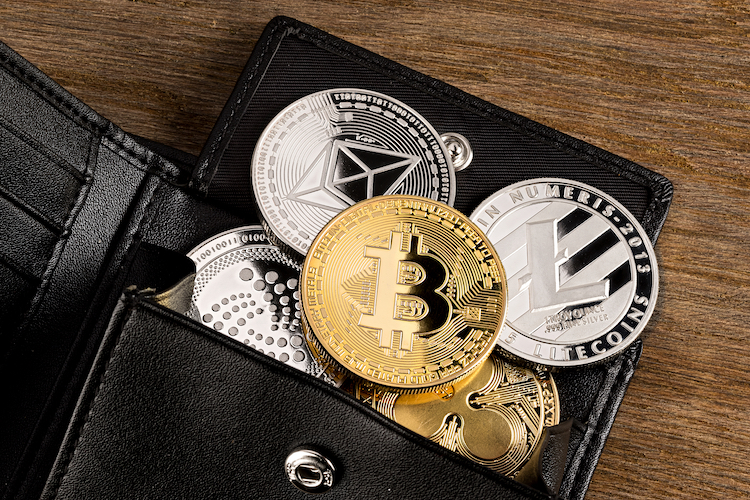A Beginner’s Guide To Bitcoin
Bitcoin. You’ve heard the word and heard the buzz about it, but that’s about it. You have questions, but maybe you haven’t asked them for fear of seeming out of the loop on the next big thing. Yet you can’t help but wonder: what exactly is it? How secure is it? Here are some answers to the Bitcoin questions you might be embarrassed to ask…

A Bit About The Origins Of Bitcoin
Bitcoin was invented by an individual operating under the pseudonym Satoshi Nakamoto, but no one is sure of his true identity. His goal? To create a decentralized monetary system that would put money and power into the hands of people, while eliminating the Federal Reserve’s ability to control where you send your money.
After writing a white paper that explained Bitcoin, Nakamoto hired a group of cipher expert coders from Silicon Valley to put his plan in motion. In the beginning, Bitcoin was used by only a small, dedicated group of people. These individuals were either Libertarians or Anarchists longing for a financial revolution.
In recent years, the popularity of Bitcoin grew, and cryptocurrency entered mainstream banking. Today, Bitcoin exists as a decentralized system where people can exchange money with one another over the Internet, eliminating any need for banks to act as middlemen in financial transactions.

The Blockchain And Bitcoin Mining
If you’re unclear on how the Bitcoin exchange process works, here’s an example:
You want to send $1,500 to your landlord, Mr. Jones. After accessing Mr. Jones’s Bitcoin wallet information online, you press the “send” button, and the money is instantly withdrawn from your account. You no longer have access to that money. In only one hour, the money will show up in Mr. Jones’s account, and you’ll receive a confirmation e-mail that can be saved as a receipt.
Your transaction of sending the money to Mr. Jones is recorded on a public ledger called the Blockchain; that information is available for everyone to see. Instead of showing your name, the ledger displays a string of numbers and letters, which is your Bitcoin Wallet account number, or Public Key.
Without knowing who users are or why they’re making a financial transaction, computerized record-keepers called Miners record the transaction feed on a ledger, which is intended to keep everyone honest. A great deal of math is required to decode the financial transaction information and solve the puzzle, or cryptograph, of the financial transaction.
This is why Bitcoin has been labeled cryptocurrency. When a Miner calculates enough transactions, it’s rewarded in fractions of a single Bitcoin. Keep in mind that these Miners aren’t humans — they’re high-end computers that are maintained by real people. Massive, computer-filled warehouses called Bitcoin Farms exist all over the world, generating profitable kickbacks for the Farm owners.
The longer Bitcoin exists, the more difficult the math puzzles are to decipher. The system is also designed to release fewer coins over time – just like mining for minerals in the real world. Bitcoin is designed to allow only a certain number of math puzzles (and corresponding Bitcoins) to be created, with the final Bitcoin expected to be mined by about the year 2140.
Right now, it’s almost too late for most people to get in on Bitcoin mining. Since only a limited number of Bitcoins exist, the demand for this currency is expected to increase, which will cause the price of one Bitcoin to continue rising. Some financial analysts have speculated that in just 10 years, it’s possible that a single Bitcoin could be worth as much as $100,000. As cryptocurrency gains in popularity, other coins are continuously being developed, and who knows- maybe at some point cryptocurrency might just overtake the current banking system.
